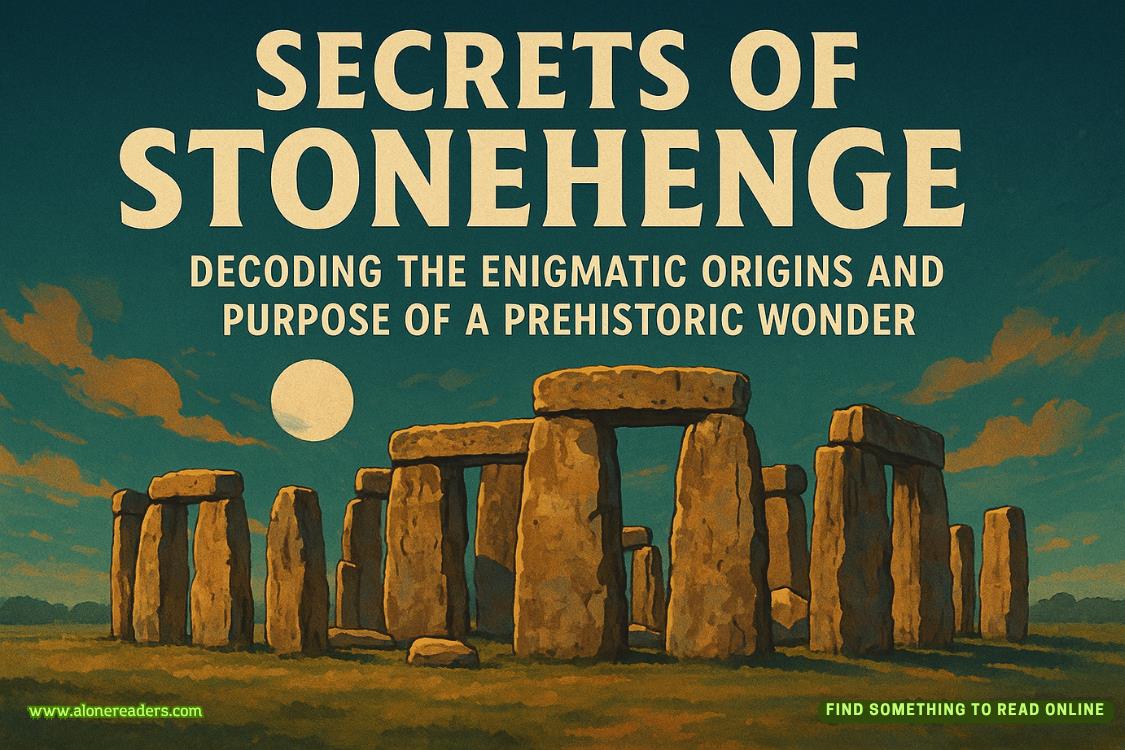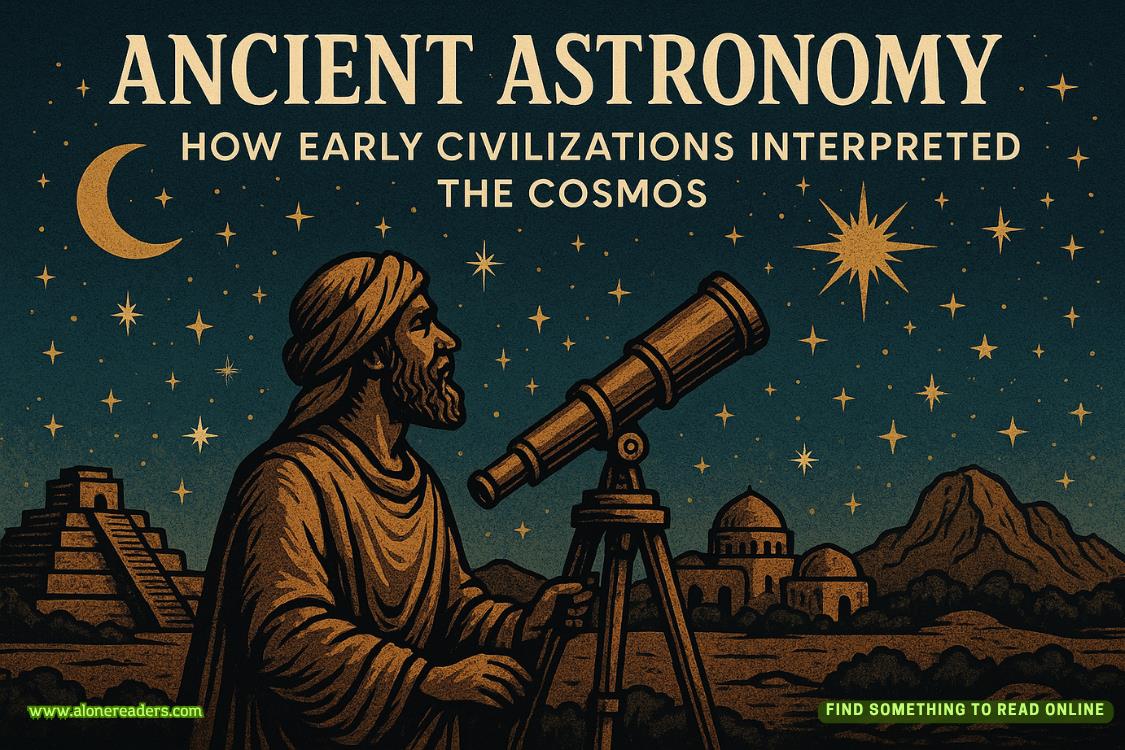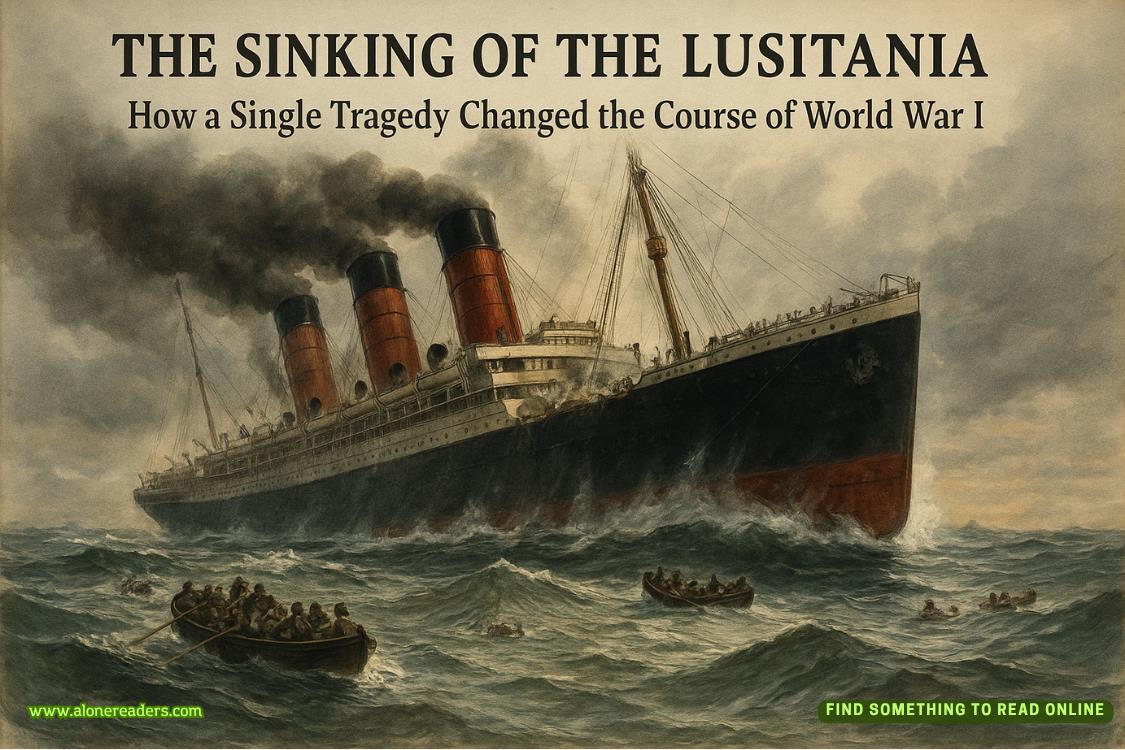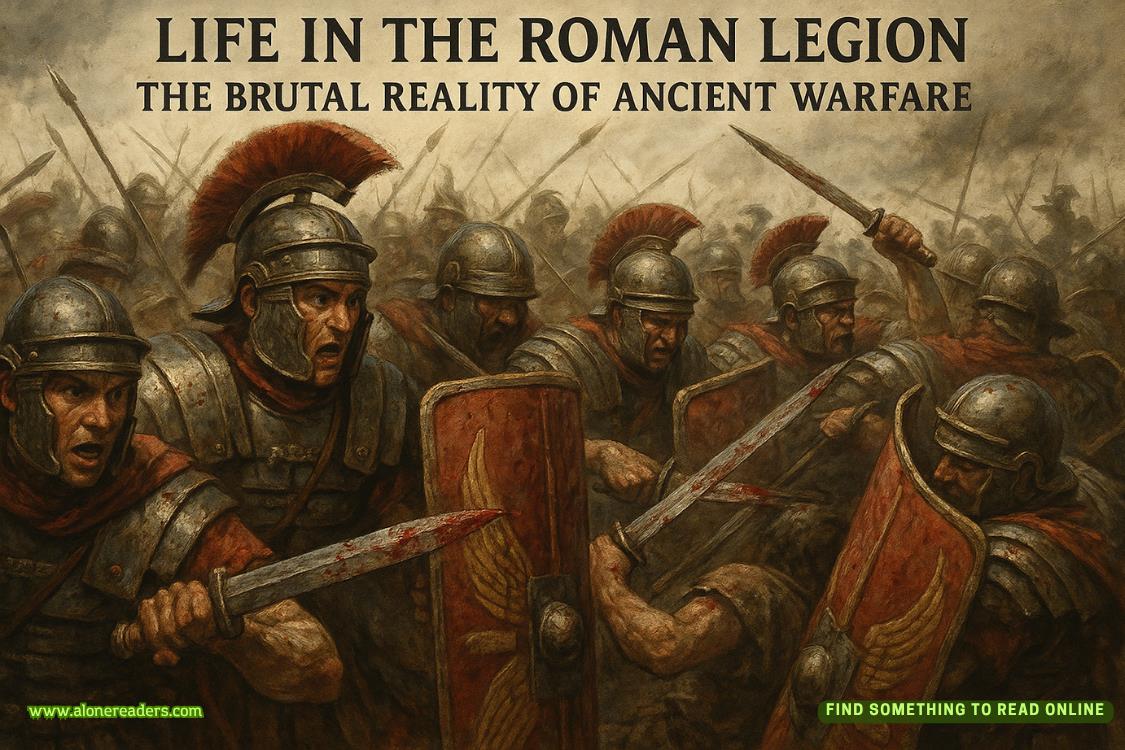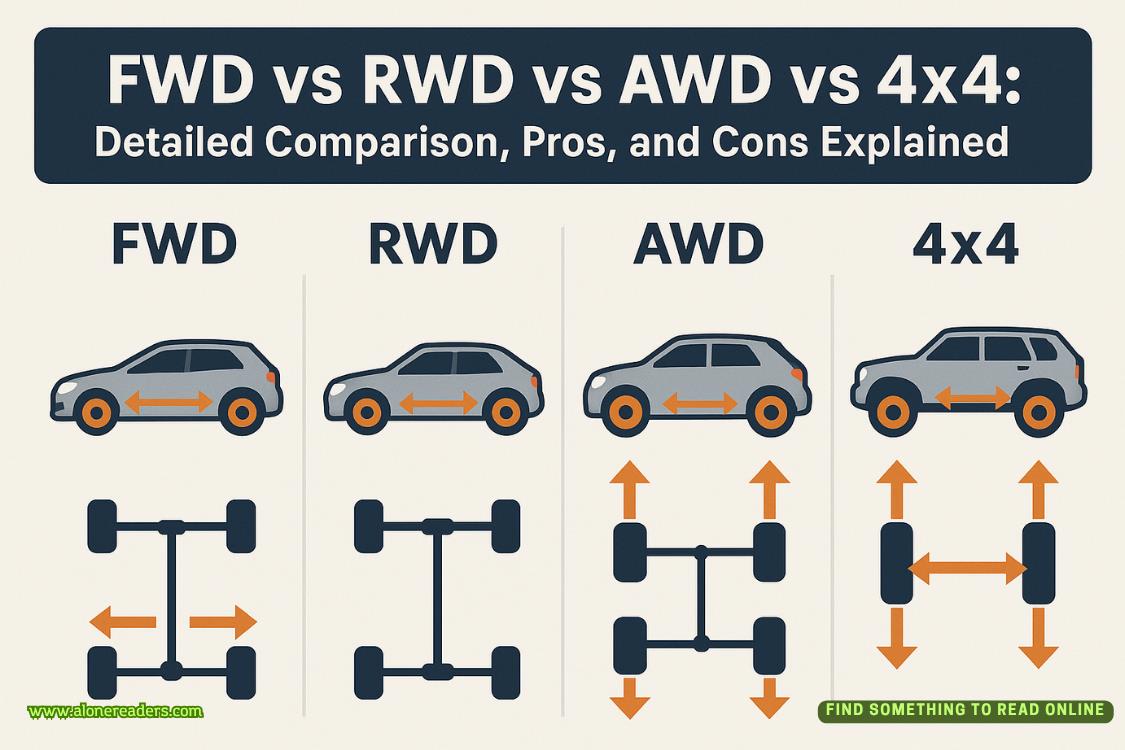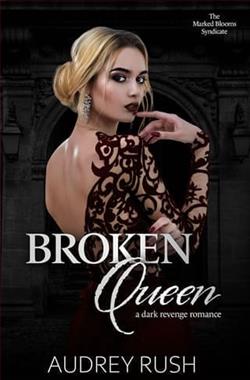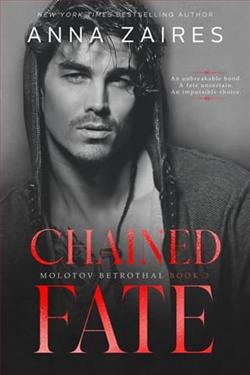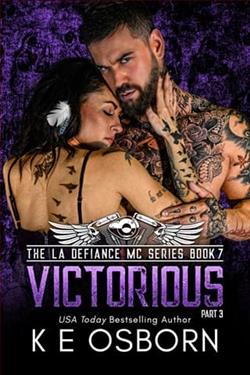Page 78 of Thawed Gladiator: Varro
For weeks, we’ve discussed what to do if we find more bodies. We take turns reminding each other that Varro’s life is a one-in-a-quadrillion miracle. What are the odds that even one of those men could also be resuscitated?
Now that we’ve found bodies, we’ll need to follow the list we’ve been preparing. We’ve considered the staggering ethical implications of reviving people from the past. We’ll need experts, protocols, support systems, and plenty of the world’s most sophisticated medical equipment.
As the ROV continues its survey, another discovery sends a ripple of excitement through the crew—a second chest, identical to the one that held the gold coins found in the other half of theFortuna.
“Well, I guess we won’t have to worry about funding our research,” I quip, trying to lighten the mood. As I consider the astounding implications and repercussions of this find, I glance at Varro and can only imagine what’s flowing through his mind.
This isn’t a scientific find to him. These are his comrades, men he trained and fought with. He lived with these men in the same barracks—some of them for years—and hediedwith them.
“How are you doing, Varro?” I don’t know how I expect him to answer. We can’t really have an honest conversation. No one knows Varro’s true identity.
“What if they are dead and yet…” He doesn’t say it out loud, but I know the end of his sentence is to wonder why he lived and they didn’t. Survivor’s guilt.
“We’ll see soon enough, my love.”
As the divers perform the delicate process of retrieving the chest, leaving the bodies untouched for now, I’m struck by the weight of our discovery. We might be on the cusp of changing the course of history—again.
Later that night, as Varro and I lay in our cramped bunk on the research ship, the gravity of our situation settles over us.
“We can’t keep this secret much longer,” I murmur into the darkness.
Varro’s arm tightens around me. “I know. You’ve told me. Once we tell the world, nothing will ever be the same.”
He’s right, of course. Our lives, already extraordinary, are about to become unrecognizable. The thought is both thrilling and terrifying. One thing is certain—although I’m not fully prepared for the media attention, this is going to hit Varro like a ton of bricks.
As I drift off to sleep, my mind races with plans. We’ll need to consult experts, set up a secure facility, prepare for the media storm that’s sure to come. But for now, I allow myself a moment of pure, unadulterated joy. We did it. We found theFortuna,and with it, another key to unlocking the past.
Chapter Sixty-One
Laura
The phone feels heavy in my hand as I dial yet another number. I’ve lost count of how many calls I’ve made today, each one a carefully worded dance around the truth. How do you ask for help to revive 2,000-year-old bodies without sounding completely insane? One thing I know, we certainly can’t let them thaw and pray they revive, although that worked well enough for Varro.
“Dr. Johansson’s office,” a crisp voice answers.
I launch into my now-practiced spiel, explaining that I’m an archaeologist with a unique preservation case. As expected, I’m politely but firmly turned away. Apparently, most of Scandinavia’s top cryptobiologists aren’t equipped for this level of “unique.”
Sighing, I cross another name off my list. Varro looks up from the book he’s been reading—a modern history text he’s devouring with fascination.
“Twoworld wars?” His brow is furrowed. Then he turns his attention to my plight. “No luck?”
I shake my head, slumping back against the headboard in our tiny cabin on the research vessel. “I’m starting to think we need to invent a whole new field of science for this.”
Just as I’m about to call it quits for the day, my email pings. It’s a response from Dr. Amelia Diaz, who holds a Ph.D. in Molecular Biology with a focus on cellular preservation and revival. I reached out to her via email after I remembered her from a conference I attended years ago. My heart skips a beat as I read her message.
“Varro,” I breathe, “I think we might have found someone.”
Dr. Diaz’s email is intriguing. She’s a biotechnologist specializing in extremophiles—organisms that thrive in extreme conditions. More importantly, she’s not dismissing my vague query outright. We set up a video call for the next day.
I’m so full of guarded excitement, I barely get any sleep, but the next morning, as her face fills my screen, I’m struck by her sharp, intelligent eyes and the warmth of her smile.
“Miss Turner,” she greets me, “I must admit, your email has me curious. What exactly are we dealing with here?”
I take a deep breath. It’s now or never. “Please, call me Laura. Dr. Diaz, what I’m about to tell you might sound impossible, but I assure you, it’s very real.”
Over the next hour, after swearing her to secrecy, I lay out everything—theFortuna, Varro’s miraculous revival, our recent discovery. To her credit, Dr. Diaz listens without interruption, scribbling furious notes as her expression shifts from skepticism to fascination to serious focus. It’s as though she’s already signed on to the project and is planning her next steps.
“This is… extraordinary,” she says when I finish. “If what you’re saying is true, the implications are staggering.”
